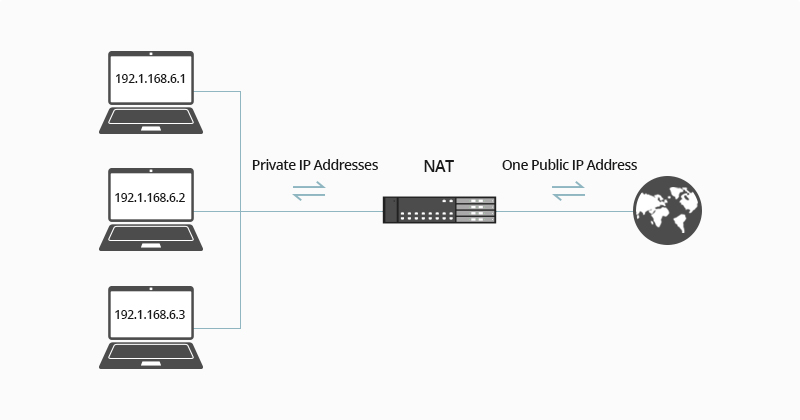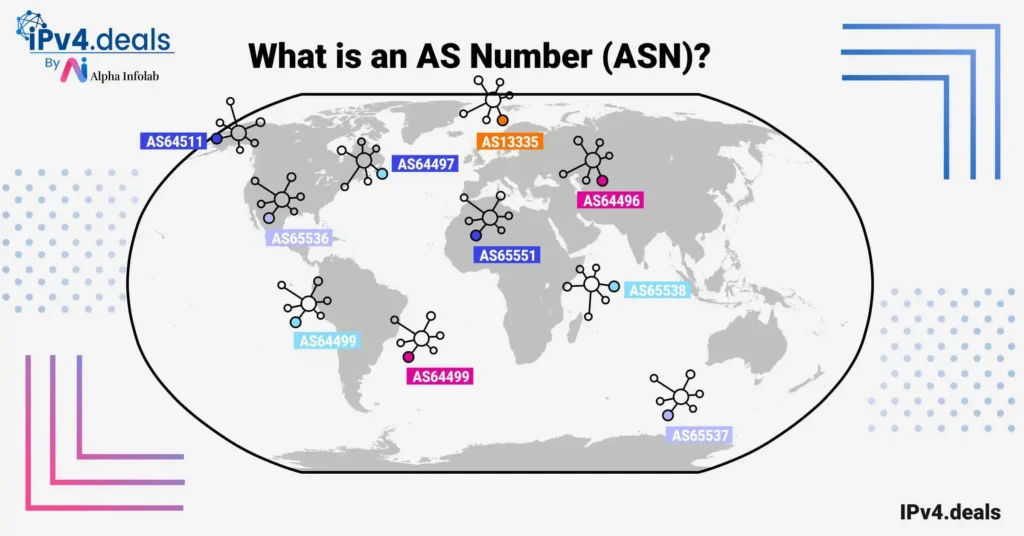Have you ever wondered how your device automatically connects to the internet without manually inputting some settings like IP addresses each time you access a new network? Your device’s ability to connect seamlessly is made possible primarily by a critical protocol known as Dynamic Host Configuration Protocol (DHCP).
Table of Contents
What is DHCP?
Dynamic Host Configuration Protocol, or DHCP, is a network protocol that provides automatic IP address assigning and other related configuration information to devices on a network. This protocol ensures that each device connected to a network is assigned a unique IP address and helps avoid potential conflicts that can arise from duplicate addresses.
Whether you’re connecting to the internet on your home Wi-Fi, in a hotel, or at a coffee shop, DHCP operates behind the scenes to facilitate this connection without requiring any action from the user.
The Mechanics of DHCP
Before diving into the mechanism behind DHCP, let’s consider a situation where DHCP doesn’t exist, which will underscore its underlying significance. When a new device is introduced to a network, without DHCP, each device requires manual configuration with a unique IP address and other network configurations such as subnet mask and default gateway. This process is not only cumbersome but it’s also time-consuming, especially when dealing with a large network.
With DHCP in play, the protocol follows a series of steps to assign an IP address automatically to the device:
- Discover: When a device is connected to a network, it broadcasts a discover message to the network, searching for a DHCP server.
- Offer: Any available DHCP server on the network responds to the discover message with an offer message, proposing an IP address that the device can use.
- Request: Once the device receives an offer, it sends back a request message, essentially expressing interest to accept the offered IP address.
- Acknowledge: In the final step, the DHCP server sends an acknowledgment message confirming the lease of the IP address to the device.
After these steps, the device will be ready to communicate on the network with the assigned IP address.
One critical factor of DHCP is that the IP address assigned to a particular device is only temporary. The length of this lease is determined by the DHCP server- it could be several hours or even several days, and it refreshes after the lease time expires.
The Advantage of DHCP
As can be gathered from the mechanics of DHCP, the clear benefit is the convenience and efficiency it offers. Particularly in large networks where there are numerous connected devices, manually assigning IP addresses simply isn’t feasible. DHCP practically and efficiently manages IP address assignment even across smaller networks like home Wi-Fi.
The temporary nature of the IP address lease also ensures that even if a device leaves the network, its IP address can be reused, helping to conserve IP addresses within the network.
To Conclude
In today’s Internet age, the importance of DHCP cannot possibly be overstated. It plays an essential role in our daily internet use, whether we realize it or not. The next time you connect to a Wi-Fi network and admire the seamless connection, remember that Dynamic Host Configuration Protocol is silently working in the background to ensure that effortless experience. That’s the essence of DHCP.
Frequently Asked Questions
What is DHCP?
DHCP, or Dynamic Host Configuration Protocol, is a network protocol that automates the assignment of IP addresses and other network configuration information to devices on a network, facilitating seamless internet connectivity.
How does DHCP work?
DHCP follows a four-step process: Discover, where a device looks for a DHCP server; Offer, where the server proposes an IP address; Request, where the device accepts the offer; and Acknowledge, where the server confirms the IP address assignment.
Why is DHCP important?
DHCP eliminates the need for manual IP address configuration, saving time, especially in large networks, and ensures each device has a unique IP address, preventing address conflicts.
What happens without DHCP?
Without DHCP, each device requires manual configuration with a unique IP address and other network settings, which is time-consuming and cumbersome, especially in large networks.
Are the IP addresses assigned by DHCP permanent?
No, the IP addresses assigned by DHCP are temporary and have a lease duration that could last several hours or days, after which they are refreshed or reassigned.
What is the main advantage of DHCP?
The main advantage of DHCP is its ability to efficiently manage IP address assignments automatically, saving time, and ensuring no IP address conflicts across both large and small networks.
How does DHCP conserve IP addresses?
By temporarily leasing IP addresses, DHCP ensures that IP addresses are reused, especially when devices leave the network, helping to conserve the available IP addresses within the network.
Where does DHCP operate?
DHCP operates in various environments like home Wi-Fi networks, hotels, or coffee shops, working behind the scenes to facilitate internet connection without requiring user intervention.
What is the significance of the Discover, Offer, Request, and Acknowledge steps in DHCP?
These steps ensure an organized and successful communication between the device and the DHCP server for IP address assignment, ensuring that each device on the network has a unique IP address for communication.
Is user action required for DHCP to function?
No, DHCP operates automatically without requiring any action from the user, making internet connectivity hassle-free and efficient.





